
Station 2: The Heartbeat of Boracay
Discover Station 2 in Boracay: A bustling hub of shopping, dining, and nightlife, set against the backdrop of stunning white sand beaches and crystal-clear waters.
Station 2 is the vibrant core of Boracay, a bustling hub that extends a warm welcome to all who visit. Situated between Station 1 and Station 3, it serves as the island's main commercial center, offering an enticing blend of shopping, dining, and nightlife. The white sand beaches and crystal-clear waters are the main draw, but there's so much more to explore in this lively neighbourhood. Start your day with a leisurely stroll along White Beach, where you can bask in the sun or indulge in water sports like parasailing and jet skiing. Station 2 is particularly famous for its beachfront restaurants and bars, providing a perfect spot to savor local and international cuisine while enjoying a stunning sunset view. Don't miss the opportunity to try fresh seafood, a specialty in many of the local eateries. As night falls, Station 2 transforms into a nightlife hotspot. From laid-back beach bars with live music to energetic dance clubs, there's no shortage of entertainment options. D'Mall, a popular shopping and dining destination, is also located in Station 2, offering a variety of shops and stalls where you can find everything from souvenirs to beachwear. For those interested in cultural experiences, Station 2 hosts various local festivals and events throughout the year, providing a glimpse into the rich heritage of Boracay. Whether you're a thrill-seeker looking for adventure or a traveler seeking relaxation, Station 2 has something for everyone.
Local tips in Station 2
- Visit D'Mall early in the day to avoid crowds and get the best deals.
- Book water sports activities in advance, especially during peak season.
- Try the local seafood at beachfront restaurants for an authentic dining experience.
- Wear comfortable footwear as you'll be walking on both sandy beaches and paved paths.
- Don't miss the sunset at White Beach; it's one of the most beautiful sights in Boracay.
Station 2: The Heartbeat of Boracay
Station 2 is the vibrant core of Boracay, a bustling hub that extends a warm welcome to all who visit. Situated between Station 1 and Station 3, it serves as the island's main commercial center, offering an enticing blend of shopping, dining, and nightlife. The white sand beaches and crystal-clear waters are the main draw, but there's so much more to explore in this lively neighbourhood. Start your day with a leisurely stroll along White Beach, where you can bask in the sun or indulge in water sports like parasailing and jet skiing. Station 2 is particularly famous for its beachfront restaurants and bars, providing a perfect spot to savor local and international cuisine while enjoying a stunning sunset view. Don't miss the opportunity to try fresh seafood, a specialty in many of the local eateries. As night falls, Station 2 transforms into a nightlife hotspot. From laid-back beach bars with live music to energetic dance clubs, there's no shortage of entertainment options. D'Mall, a popular shopping and dining destination, is also located in Station 2, offering a variety of shops and stalls where you can find everything from souvenirs to beachwear. For those interested in cultural experiences, Station 2 hosts various local festivals and events throughout the year, providing a glimpse into the rich heritage of Boracay. Whether you're a thrill-seeker looking for adventure or a traveler seeking relaxation, Station 2 has something for everyone.
Iconic landmarks you can’t miss
Nigi Nigi Nu Noos Station 2 Boracay
Experience the vibrant atmosphere of Nigi Nigi Nu Noos Station 2, a tropical resort hotel on Boracay's beautiful White Beach, blending relaxation and local culture.

Summer Place
Discover the vibrant nightlife of Boracay at Summer Place, where delicious food and refreshing drinks await in a lively tropical setting.
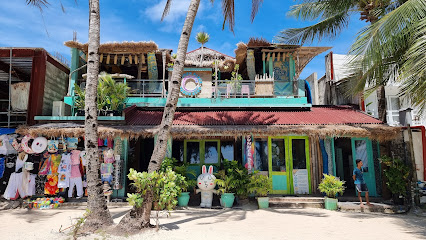
Station 2
Experience the vibrant beauty of Station 2 in Boracay, where stunning beaches meet exciting adventures in a tropical paradise.
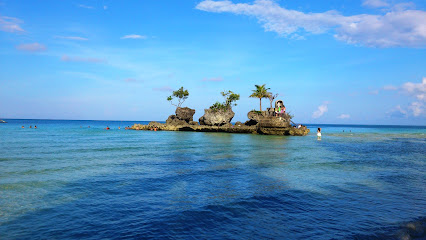
The District Boracay
Experience the ultimate beachfront luxury at The District Boracay, where comfort meets stunning ocean views in the heart of Boracay Island.

Le Soleil De Boracay
Discover the tropical charm of Le Soleil De Boracay, where comfort meets the stunning beauty of White Beach and vibrant island culture.

Nigi Nigi Too
Experience the ultimate beachfront getaway at Nigi Nigi Too in Boracay, where relaxation meets adventure in a tropical paradise.
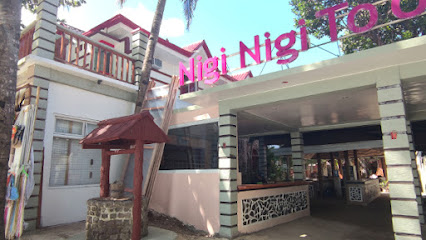
Eriko's House
Experience the charm and tranquility of Eriko's House, a cozy hotel on Boracay's stunning White Beach Path, perfect for a memorable island getaway.

Boracay SandCastles The Apartments
Discover the perfect blend of comfort and adventure at Boracay SandCastles The Apartments, just steps from the iconic White Beach.
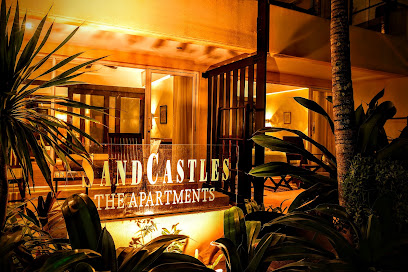
Station 2 boracay
Experience the vibrant energy and breathtaking beauty of Station 2 Boracay, where relaxation meets adventure on the stunning white sand beaches.
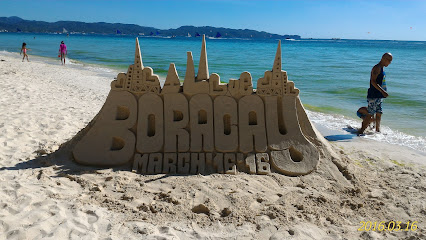
Boracay Old Church Ruins
Explore the historical charm of the Boracay Old Church Ruins, where nature and heritage intertwine on the beautiful island of Boracay.
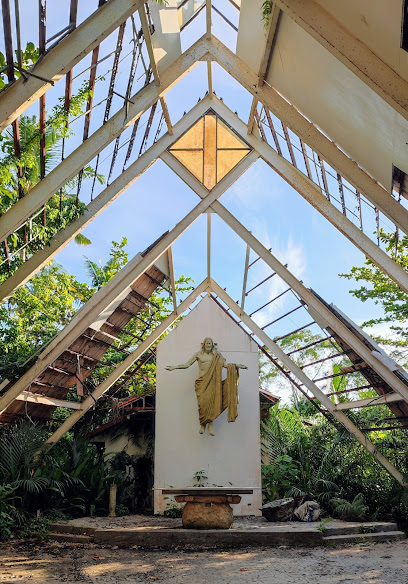
Unmissable attractions to see
Willy's Rock
Discover the breathtaking beauty of Willy's Rock, a must-visit tourist attraction in Boracay, Philippines, known for its unique rock formations and stunning views.

Bulabog Beach
Discover the serene beauty of Bulabog Beach, a perfect blend of relaxation and adventure in Boracay's tranquil shores.

House of Howell-Boracay
Explore the cultural charm and natural beauty of Boracay at the House of Howell, your gateway to unforgettable island adventures.
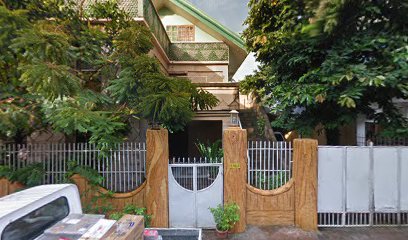
Pontoon Bridge
Discover the picturesque Pontoon Bridge in Malay, Aklan, where stunning views and serene waters meet to create an unforgettable tourist experience.
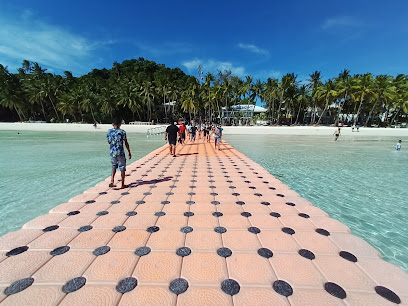
New Boracay
Explore New Boracay: A tropical paradise in Aklan, Philippines, where adventure meets relaxation amidst stunning beaches and vibrant culture.

Bulabog Activity Floating Port
Discover the thrill of water sports at Bulabog Activity Floating Port, Boracay's premier destination for adventure and fun in a stunning tropical setting.
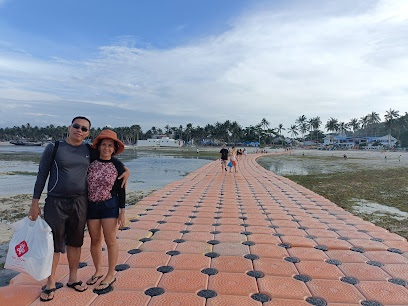
Essential places to dine
Gerry's Grill - Station 2 Boracay
Experience the vibrant flavors of Filipino cuisine at Gerry's Grill in Boracay – where delicious food meets lively entertainment.
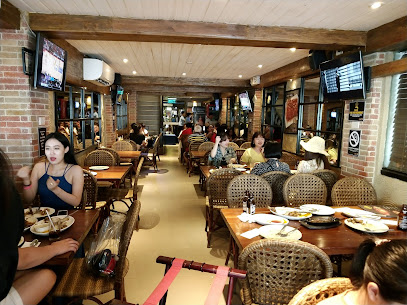
Epic Boracay
Experience unforgettable dining at Epic Boracay - where exquisite flavors meet stunning beachfront views on this paradise island.
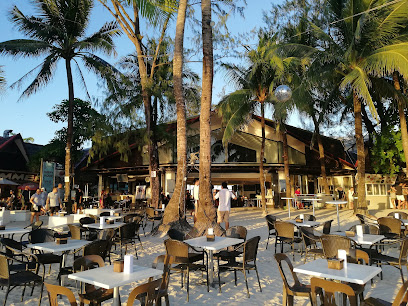
Cha Cha's Beach Cafe
Experience exquisite local flavors at Cha Cha's Beach Cafe in Malay, Aklan – where every meal is paired with stunning ocean views.
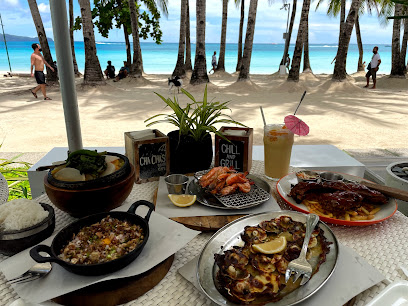
Don Vito Boracay
Experience authentic Italian cuisine at Don Vito Boracay - where flavor meets paradise in every dish.
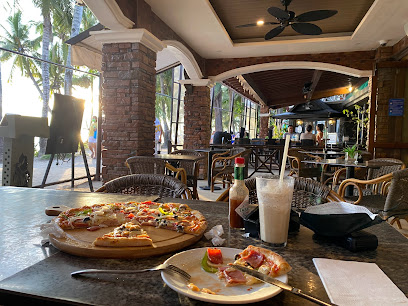
Muchos Boracay
Discover authentic Latin American flavors at Muchos Boracay - where delicious food meets breathtaking beach views.
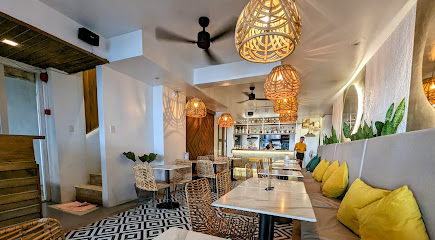
Olé Boracay - Tapas Bar & Restaurant
Discover Olé Boracay - where authentic Spanish tapas meet the vibrant spirit of island life.
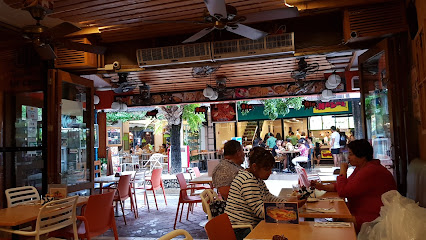
ستيشن 2 Station
Discover exquisite dining at Station 2 on Boracay's White Beach Path - where local flavors meet tropical charm.
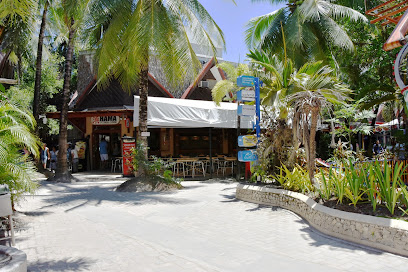
Jardin Mediterranen Cuisine Boracay
Experience exquisite Mediterranean cuisine at Jardin in Boracay - where breathtaking beach views meet flavorful dishes.
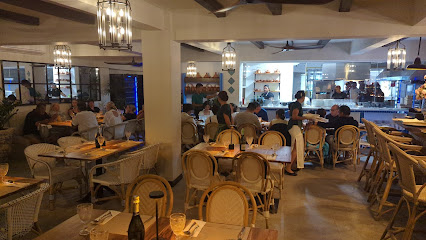
Kusina Bistro Boracay
Experience local flavors and vibrant dining at Kusina Bistro in Boracay's lively Station 2.

Star Lounge
Experience exquisite dining and vibrant nightlife at Star Lounge in Boracay – where local flavors meet breathtaking views.

Markets, malls and hidden boutiques
Paulo Collection Body Wear
Experience the best of Boracay shopping at Paulo Collection Body Wear, where fashion meets local craftsmanship in a vibrant boutique.
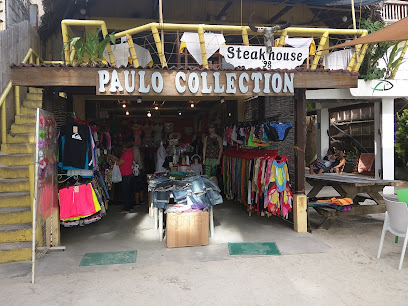
AT IZ Boracay Co. (GIFT MARKET)
Explore the vibrant AT IZ Boracay Co. gift shop for unique souvenirs and local crafts that capture the essence of Boracay Island.

Lampirong Collection
Experience the charm of Boracay with unique souvenirs and handcrafted treasures at Lampirong Collection, your go-to gift shop in paradise.

Paraw World Boracay
Explore the vibrant culture of Boracay at Paraw World, your go-to souvenir store for unique and authentic local crafts.
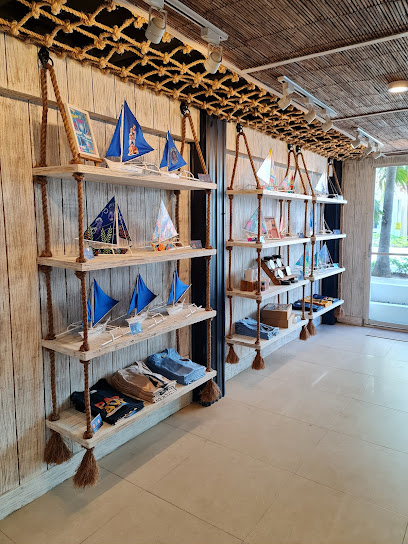
The Loop
Explore the vibrant shopping and dining experience at The Loop in Boracay, where local culture meets island life.

Stables boutique
Discover Stables Boutique in Boracay for unique local crafts, stylish apparel, and one-of-a-kind souvenirs that capture the island's charm.
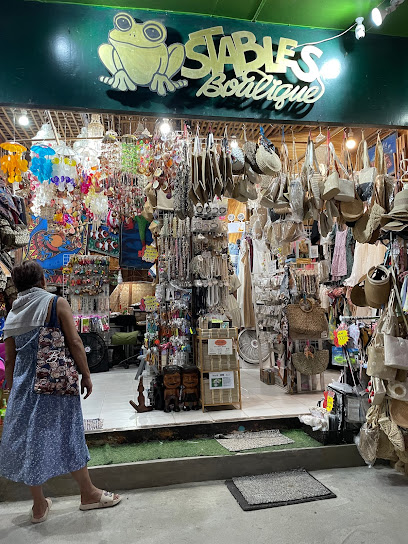
Django Leather Art And Craft
Explore Django Leather Art And Craft in Boracay for exquisite handmade leather goods, perfect for unique souvenirs and gifts that celebrate Filipino craftsmanship.

Tats&mela Souvenir Shop
Discover unique handcrafted souvenirs and local delicacies at Tats&mela Souvenir Shop in Aklan, a perfect memento of your tropical adventures.
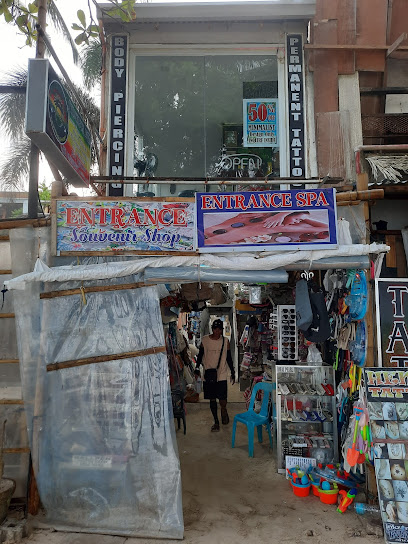
McLorzie's Boutique
Explore McLorzie's Boutique in Boracay for unique fashion and local crafts that embody the island's vibrant culture and spirit.
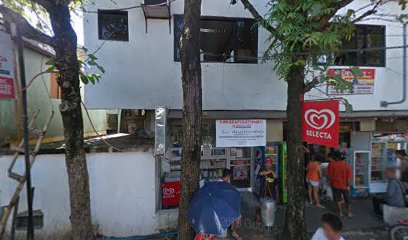
Pink Doll
Discover the lively Pink Doll Shopping Mall in Boracay for an unforgettable shopping and dining experience in the heart of paradise.

Essential bars & hidden hideouts
OM Boracay
Discover the vibrant nightlife at OM Boracay, the ultimate bar experience on Boracay Island, known for its cocktails, music, and friendly atmosphere.
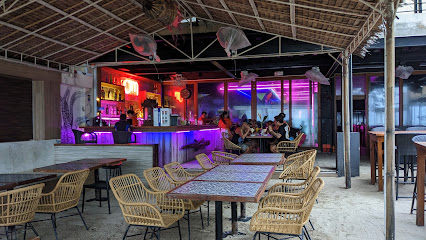
Summer Place
Experience the vibrant nightlife of Boracay at Summer Place – a unique bar and restaurant offering delightful cuisine and refreshing cocktails.

Exit Bar
Discover the vibrant nightlife at Exit Bar in Boracay, where affordable drinks and live music create an unforgettable experience.
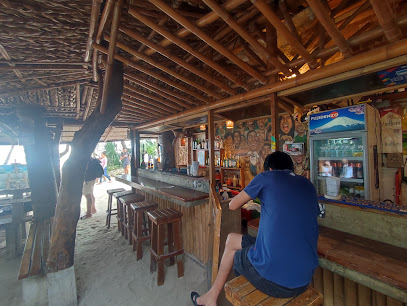
Wave Bar & Lounge at Henann Regency Resort & Spa
Experience vibrant nightlife and breathtaking views at Wave Bar & Lounge, the perfect spot for cocktails and relaxation in Boracay.
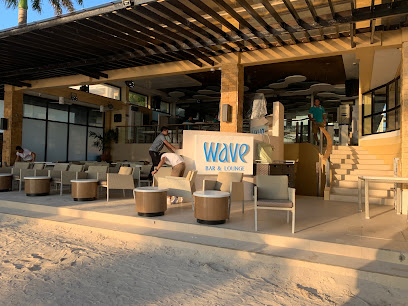
Olé Boracay - Tapas Bar & Restaurant
Experience the vibrant flavors of Spain at Olé Boracay, where authentic tapas meet the stunning beauty of Boracay Island.
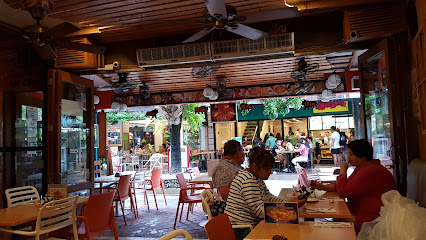
Beach Hut Bar Boracay
Experience the vibrant atmosphere and refreshing drinks at Beach Hut Bar, a tropical paradise in Boracay that captures the essence of island life.
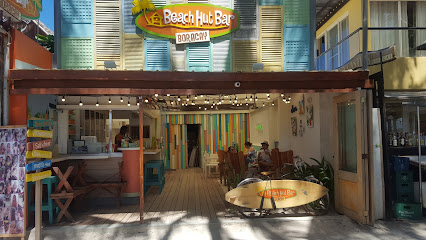
Sip Happens Wine Bar and Brewery
Discover the vibrant Sip Happens Wine Bar and Brewery on Boracay Island, where local flavors meet a lively atmosphere for an unforgettable experience.

Battuta Boracay
Discover the vibrant nightlife of Boracay at Battuta Boracay, where innovative cocktails meet stunning beachside views.
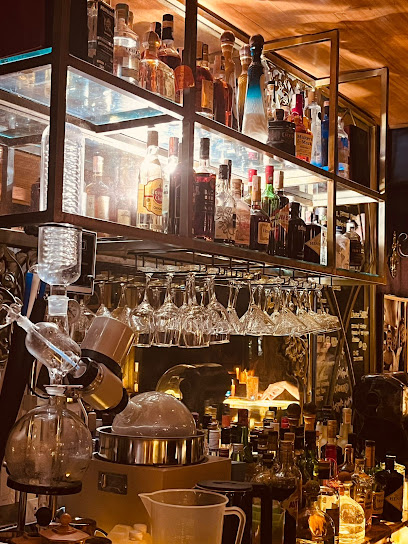
Coco Bar
Discover the vibrant atmosphere of Coco Bar in Aklan, where refreshing cocktails and stunning views create unforgettable moments.
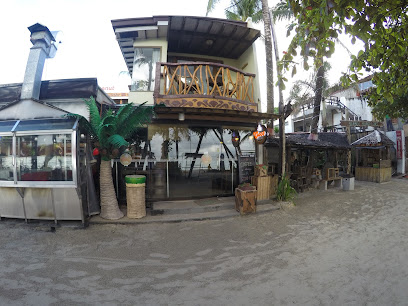
Star Lounge
Experience the vibrant nightlife of Boracay at Star Lounge, where exquisite dining meets a lively bar atmosphere in the heart of the island.
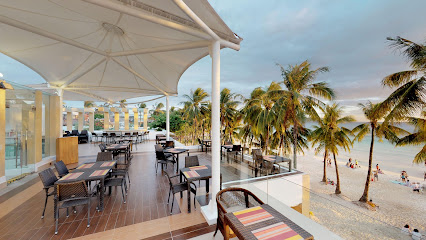
Buenavista Bar/Restaurant
Experience the vibrant atmosphere of Buenavista Bar/Restaurant in Boracay, where sunsets meet exquisite flavors and refreshing drinks.

Local Phrases
-
- HelloKamusta
[ka-mus-ta] - GoodbyePaalam
[pa-a-lam] - YesOo
[o-o] - NoHindi
[hin-di] - Please/You're welcomePakiusap
[pa-ki-u-sap] - Thank youSalamat
[sa-la-mat] - Excuse me/SorryPasensya
[pa-sen-sya] - How are you?Kamusta ka?
[ka-mus-ta ka?] - Fine. And you?Mabuti. Ikaw?
[ma-bu-ti. i-kaw?] - Do you speak English?Nagsasalita ka ng Ingles?
[nag-sa-sa-li-ta ka ng in-gles?] - I don't understandHindi ko maintindihan
[hin-di ko main-tin-di-han]
- HelloKamusta
-
- I'd like to see the menu, pleaseGusto ko makita ang menu, pakiusap
[gus-to ko ma-ki-ta ang me-nu, pa-ki-u-sap] - I don't eat meatHindi ako kumakain ng karne
[hin-di a-ko ku-ma-kain ng kar-ne] - Cheers!Tagay!
[ta-gai!] - I would like to pay, pleaseGusto ko magbayad, pakiusap
[gus-to ko mag-ba-ya-ad, pa-ki-u-sap]
- I'd like to see the menu, pleaseGusto ko makita ang menu, pakiusap
-
- Help!Tulong!
[tu-long!] - Go away!Lumayo ka!
[lu-ma-yo ka!] - Call the Police!Tawag ka ng Pulis!
[ta-wag ka ng pu-lis!] - Call a doctor!Tawag ka ng doktor!
[ta-wag ka ng dok-tor!] - I'm lostNawawala ako
[na-wa-wa-la a-ko] - I'm illMay sakit ako
[may sa-kit a-ko]
- Help!Tulong!
-
- I'd like to buy...Gusto ko bumili ng...
[gus-to ko bu-mi-li ng...] - I'm just lookingNagtitignan lang ako
[nag-ti-tig-nan lang a-ko] - How much is it?Magkano ito?
[mag-ka-no i-to?] - That's too expensiveMasyadong mahal 'yan
[ma-sya-dong ma-hal 'yan] - Can you lower the price?Pwede bang babaan ang presyo?
[pwe-de bang ba-ba-an ang pre-syo?]
- I'd like to buy...Gusto ko bumili ng...
-
- What time is it?Anong oras na?
[a-nong o-ras na?] - It's one o'clockAlas-uno na
[a-las-u-no na] - Half past (10)Apat na y medya
[a-pat na y med-ya] - MorningUmaga
[u-ma-ga] - AfternoonHapon
[ha-pon] - EveningGabi
[ga-bi] - YesterdayKahapon
[ka-ha-pon] - TodayNgayon
[nga-yon] - TomorrowBukas
[bu-kas] - 1Isa
[i-sa] - 2Dalawa
[da-la-wa] - 3Tatlo
[tat-lo] - 4Apat
[a-pat] - 5Lima
[li-ma] - 6Anim
[a-nim] - 7Pito
[pi-to] - 8Walo
[wa-lo] - 9Siyam
[si-yam] - 10Sampu
[sam-pu]
- What time is it?Anong oras na?
-
- Where's a/the...?Saan ang...?
[sa-an ang...?] - What's the address?Ano ang address?
[a-no ang ad-dres?] - Can you show me (on the map)?Pwede mo ba akong ipakita (sa mapa)?
[pwe-de mo ba a-kong i-pa-ki-ta (sa ma-pa)?] - When's the next (bus)?Kailan ang susunod na (bus)?
[kai-lan ang su-su-nod na (bus)?] - A ticket (to ....)Isang ticket (papuntang ....)
[i-sang tic-ket (pa-pun-tang ....)]
- Where's a/the...?Saan ang...?
History of Station 2
-
Boracay's history can be traced back to the indigenous Ati people, who were the first inhabitants of the island. They lived a simple life, relying on fishing and farming. The Ati's rich cultural practices, including their traditional dances and vibrant festivals, laid the foundation for the island's cultural identity that persists today.
-
During the Spanish colonial period in the late 16th century, Boracay was largely uncharted. However, the island was documented in Spanish records, and missionaries began to arrive in the 1800s. The introduction of Christianity and new agricultural practices altered the social and cultural landscape of Boracay, including Station 2, which started to develop as a small community.
-
Boracay, like many parts of the Philippines, experienced turmoil during World War II. The Japanese occupation from 1942 to 1945 brought hardship and disruption. Station 2, which was a quieter area at the time, saw limited military activity but felt the effects of the broader conflict on the local population and their livelihoods.
-
The 1970s marked a turning point for Boracay as it began to gain recognition as a tourist destination. Station 2 became a focal point for travelers due to its picturesque beaches and vibrant nightlife. The establishment of resorts and local businesses transformed the area, significantly impacting the economy and the cultural fabric of Boracay.
-
In the 21st century, Boracay faced challenges related to over-tourism and environmental degradation. In 2018, the Philippine government temporarily closed the island for rehabilitation, including Station 2, which was heavily affected. This initiative aimed to restore the natural beauty of Boracay while promoting sustainable tourism practices, highlighting a growing cultural awareness of environmental stewardship among residents and visitors alike.
Station 2 Essentials
-
Station 2 is centrally located along White Beach and can be accessed easily from other parts of Boracay. If you're coming from Station 1, simply walk south along the beach promenade, which takes about 15 minutes. From Station 3, a leisurely 20-minute stroll north along the beach will get you there. If you prefer not to walk, tricycles are readily available and can be flagged down from almost anywhere on the island, typically costing around PHP 20-50 per person depending on the distance.
-
Station 2 is best explored on foot, as many attractions, shops, and restaurants are within walking distance. For longer distances, tricycles are the main mode of transport, and they can be hired for short trips or negotiated for longer distances. Bicycle rentals are also popular; several shops in Station 2 offer rental services. Note that there are no trains or buses in Boracay, so personal transport methods are the primary options.
-
Station 2 is generally safe for tourists, but like any popular tourist destination, standard precautions should be taken. Avoid walking alone at night in less crowded areas and be vigilant about your belongings, especially in crowded places. Petty crimes, such as pickpocketing, can occur, particularly near busy beach areas and nightlife spots. It's advisable to stay away from poorly lit areas and to avoid displaying valuables openly.
-
In case of an emergency, dial 911 for immediate assistance. The nearest hospital is the Boracay Health Center located in Station 1, which offers basic medical services. For more serious emergencies, there are private clinics and hospitals in Kalibo, accessible via a boat and land transfer. Having travel insurance is highly recommended. In case of natural disasters, follow local authorities' instructions and stay informed through local news channels.
-
Fashion: Do wear comfortable beach attire, but be mindful of your surroundings; avoid overly revealing clothing when venturing away from the beach. Religion: Do respect local customs, especially when visiting churches; remove your hat and dress modestly. Public Transport: Do be polite to drivers and fellow passengers. Don’t haggle aggressively with tricycle drivers; a reasonable negotiation is expected. Greetings: Do greet locals with a smile and a friendly 'Hello' or 'Kumusta?'. Eating & Drinking: Do try the local cuisine and enjoy street food; don’t waste food or leave a mess.
-
To experience Station 2 like a local, visit the D’Mall area for a blend of shopping and local eateries. Try to participate in beach clean-up activities or community events if available. Engage with local vendors, who may share insights about the island’s culture and history. For a unique experience, consider trying out local activities such as paddleboarding or kite surfing, which can be arranged through local shops. Lastly, don’t forget to catch the sunset at the beach, a daily ritual for both locals and tourists alike.
Nearby Cities to Station 2
-
Things To Do in Legazpi
-
Things To Do in Tagaytay
-
Things To Do in Cebu City
-
Things To Do in Manila
-
Things To Do in Bohol
-
Things To Do in Subic
-
Things To Do in Angeles City
-
Things To Do in Puerto Princesa
-
Things To Do in Camiguin
-
Things To Do in Palawan
-
Things To Do in Cagayan de Oro
-
Things To Do in Siargao
-
Things To Do in Baguio
-
Things To Do in Zamboanga City
-
Things To Do in Sagada





